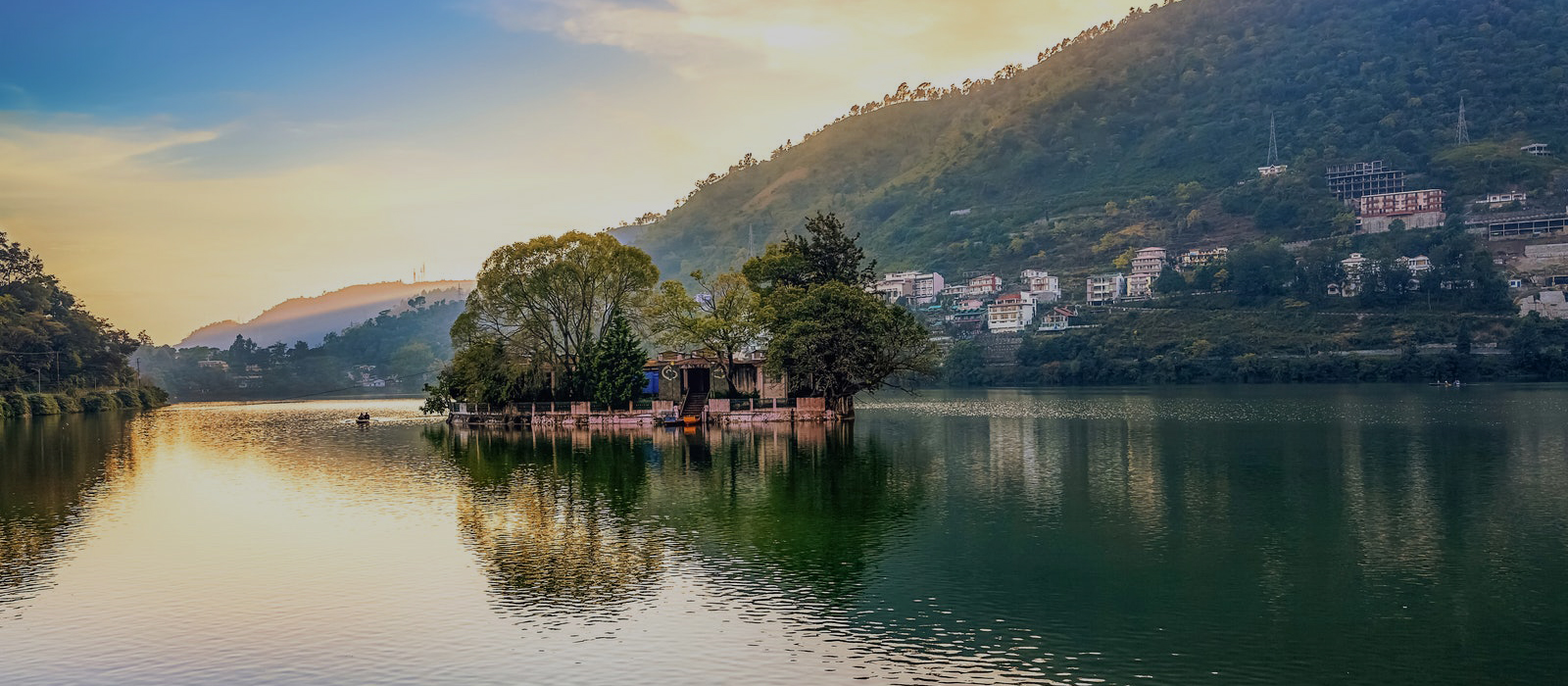The City
About Nainital

In Uttarakhand, Nainital district is located in the Kumaon division. To its north is Almora district and to its south is Udham Singh Nagar district. Champawat district flows to its east and Pauri is the district of Gahwal in the west. It lies between approximately 80º14 ‘and 78’ 80 ‘East longitude and 29’ 00 ‘and 29º05’ North latitude. On the north side is the Himalayan ranges, while on the southern side is the plains which make the resulting climate of the district pleasant.
The total geographical area is 4251 square meters. Kilometers Geographically, the district is divided into 2 regions. Hill and Bhabar. The mountainous region in the outer Himalayas is known as a geologist. The highest peak of the district, Baudasthali, is 2623 meters. Near Binayak adjoining Nainital city of the district. The hilly region of the district. There were large and small lakes in the mountainous region of the district. Bhimtal, Sattal, Naukuchiatal, Khurpatal, Nainital, Malwatal, Harishtal, Lokmahal etc. are large size lakes.
The foothills area of the district is known as Bhabhar. The name Bhabhar is derived from the tall grass that grows in this region. The underground water level in this area is very deep.
Kosi is the main river of the district. The river originating from Kosimool near Kausani flows in the western part of Kosi district. There are number of small drains like Gaula, Bhakra, Dabka, Baur etc. Most of these have been damaged for irrigation purposes.
History
Nainital is known in the ‘Manas Khand’ of the ‘Skanda Purana’ as Tri-Rishi-Sarovar, the lake of three sages, Atri, Pulastya and Pula, who were reputed to have come here on a peninsular pilgrimage, and Finding no water to quench their thirst, dug a hole and dumped water from Mansarovar into the holy lake of Tibet.
Another important mythological reference to Nainital is one of the 64 ‘Shakti Peethas’. Lord Shiva was carrying his dead body in grief wherever parts of Sati’s burnt body fell. It is said that Sati of the left eye (Nain) fell here and gave birth to the patron deity of the city Nainital. It is said that the lake is formed in the shape of an emerald eye. Naina Devi Temple is located at the northern end of the lake. Thus the name Nainital was derived from Naina and Tal (lake).
British Settlement
The British captured Kumaon and Garhwal in 1815. After the British occupation, e. Gardiner was appointed on 18 May 1815 as Commissioner of the Kumaon Division. In 1817, the second commissioner of Kumaon, Mr. G.W. Trail has operated the second revenue settlement of Kumaon, Mr. Trail was the first European to visit Nainital, but he did not popularize his visit with regard to the religious sanctity of the place.
In the year 1839, an English businessman from Rosa, Mr. P. Baron was a Chinese businessman and a friend of his, who wandered in the hills while hunting, and returned from there to the miracle site. So enamored was Barron with the sight of the Baron Lake that he gave up the Chinese business and built a European colony on the shores of the lake. In 1841, Nainital appeared on the issue of ‘British Calcutta’ announcing the discovery of a lake in the surrounding area. Of Almora.
By 1847, according to early data available on tourists in Nainital, it had become a popular hill station. On 3 October 1850, the Nainital Municipal Board was formally formed. It was the second municipal board of the Northwest Provinces. To catalyze the formation of a city, the administration transferred land to the wealthy Sah community of Almora, on the condition that they build houses on the land. In 1862, Nainital became the summer seat of the North Western Provinces. It was then made a summer capital, development of luxurious bungalows around the city and facilities such as a marketing area, rest houses, recreation centers, clubs, etc. were built in association with the secretariat and other administrative units. It became an important center of education for the British, who wanted to better their children in the wind and away from the inconveniences of the plains.
Weather
In summer months(April-September) the maximum temperature 27°C and minimum temperature 7°C, during which its population increases manifold, with an influx of tourists from all over India.
In winter months (October-March), the maximum temperature is 12 °C and minimum temperature 3 °C. Nainital receives snowfall between December to February with the temperatures varying between a maximum of 10 to 12 °C and a minimum of -1 to -3 °C.
